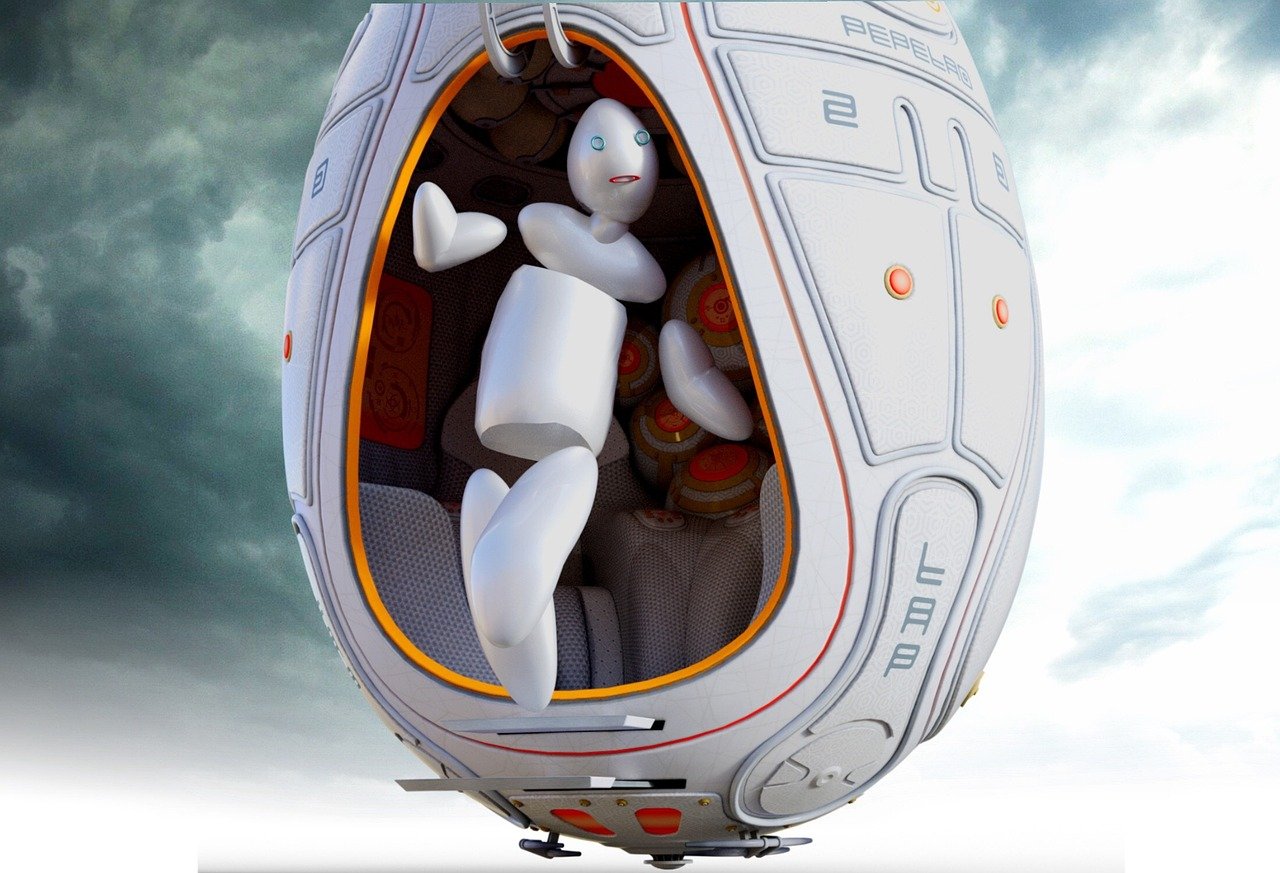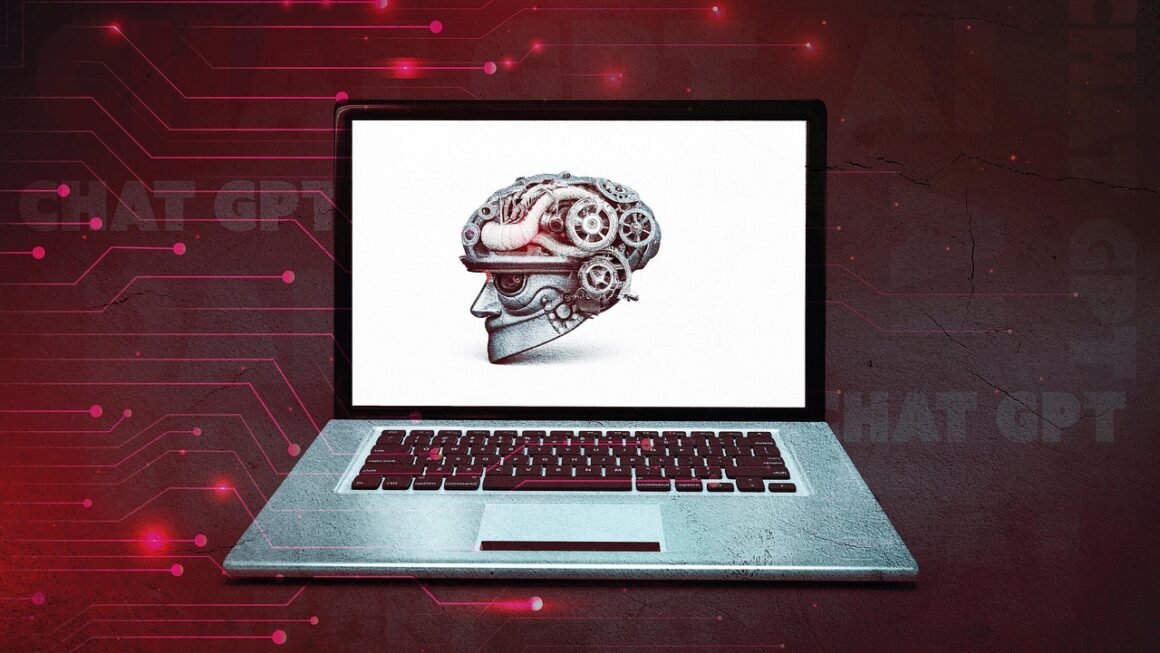Voice recognition technology, once a futuristic fantasy, is now deeply embedded in our daily lives. From controlling our smart homes to dictating emails on the go, voice recognition has revolutionized how we interact with technology. But how does this fascinating technology actually work, and what are its implications for the future? This blog post will delve into the intricacies of voice recognition, exploring its history, applications, and future potential.
What is Voice Recognition?
Defining Voice Recognition
Voice recognition, also known as speech recognition, is the ability of a machine or program to identify words spoken aloud and convert them into a machine-readable format. Essentially, it’s the process of translating human speech into text or commands that a computer can understand and execute. It’s important to distinguish voice recognition from speaker recognition, which focuses on identifying the speaker, not the content of their speech.
How Voice Recognition Works: A Simplified Overview
The process generally involves these key steps:
- Acoustic Modeling: This creates statistical representations of phonemes (the smallest units of sound) based on analyzing vast amounts of speech data.
- Feature Extraction: The system analyzes the audio input, extracting relevant features like frequency, amplitude, and duration.
- Language Modeling: This predicts the likelihood of sequences of words occurring, based on grammatical rules and statistical probabilities derived from text corpora.
- Decoding: The system combines the acoustic model, feature extraction, and language model to determine the most likely sequence of words spoken.
Types of Voice Recognition Systems
- Speaker-Dependent vs. Speaker-Independent: Speaker-dependent systems require training from the user before they can accurately recognize their voice, while speaker-independent systems are designed to work with a wide range of voices without prior training. Most modern systems are speaker-independent but benefit from personalization.
- Discrete vs. Continuous Speech Recognition: Discrete speech recognition requires pauses between words, while continuous speech recognition allows for more natural speaking patterns. Continuous speech recognition is the dominant technology today.
- Dictation vs. Command and Control: Dictation systems focus on transcribing speech into text, while command and control systems are designed to execute specific commands based on spoken input.
The History and Evolution of Voice Recognition
Early Beginnings
The journey of voice recognition began in the 1950s with the “Audrey” system developed by Bell Labs, which could recognize digits spoken by a single voice. This was a significant breakthrough, laying the foundation for future advancements.
Advancements in the 20th Century
Throughout the 20th century, research and development in signal processing, computer science, and linguistics led to improved accuracy and capabilities. Key milestones included:
- The introduction of Hidden Markov Models (HMMs) in the 1970s, which significantly improved the ability to model speech patterns.
- The development of commercially available dictation software in the 1990s, such as Dragon NaturallySpeaking.
Modern Voice Recognition: The Rise of AI
The 21st century has witnessed an explosion in voice recognition technology, largely driven by advancements in artificial intelligence (AI), particularly deep learning.
- Deep Learning: Neural networks, especially recurrent neural networks (RNNs) and transformers, have dramatically improved accuracy and robustness in noisy environments.
- Cloud Computing: Cloud-based services have enabled access to vast datasets and processing power, allowing for more sophisticated and accurate voice recognition models.
- Mobile Devices: The integration of voice assistants like Siri, Google Assistant, and Alexa into smartphones and smart speakers has brought voice recognition to the masses.
Applications of Voice Recognition Technology
Healthcare
Voice recognition is transforming healthcare by enabling:
- Medical Transcription: Doctors can dictate patient notes and reports, saving time and improving accuracy. Example: Nuance’s Dragon Medical One.
- Hands-Free Operation: Surgeons can control medical devices and access information without using their hands.
- Patient Monitoring: Voice-activated systems can monitor patients’ speech patterns for signs of cognitive decline or other health issues.
Business and Productivity
Voice recognition tools boost productivity in various business settings:
- Dictation and Transcription: Creating documents, emails, and reports hands-free. Example: Otter.ai for meeting transcriptions.
- Customer Service: Voice-activated chatbots and virtual assistants can handle customer inquiries and provide support.
- Accessibility: Voice recognition makes technology more accessible to individuals with disabilities.
Smart Homes and IoT
Voice assistants have become central to smart home automation:
- Controlling Devices: Users can control lights, thermostats, and appliances with voice commands. Example: “Alexa, turn on the living room lights.”
- Entertainment: Playing music, podcasts, and audiobooks.
- Information Retrieval: Asking questions and getting answers from the internet.
Automotive Industry
Voice recognition enhances safety and convenience while driving:
- Hands-Free Calling: Making and receiving phone calls without taking hands off the wheel.
- Navigation: Setting destinations and getting directions.
- Controlling Car Functions: Adjusting the temperature, changing radio stations, and accessing vehicle information.
Challenges and Future Trends in Voice Recognition
Overcoming Challenges
Despite significant progress, challenges remain:
- Accuracy in Noisy Environments: Background noise can significantly degrade performance.
- Accent and Dialect Variations: Different accents and dialects can be difficult for systems to understand.
- Emotional Tone and Context: Recognizing emotions and understanding the context of speech is an ongoing challenge.
Future Trends
The future of voice recognition is bright, with several exciting trends:
- Improved Accuracy and Robustness: Continued advancements in AI will lead to more accurate and reliable systems.
- Multilingual Support: Voice recognition systems will become more proficient in handling multiple languages.
- Personalized Experiences: Systems will learn users’ preferences and adapt to their individual speaking styles.
- Integration with Emerging Technologies: Voice recognition will be integrated with virtual reality (VR), augmented reality (AR), and other emerging technologies.
- Edge Computing: Processing voice data on-device (edge computing) will improve privacy and reduce latency.
Conclusion
Voice recognition technology has come a long way from its humble beginnings, transforming the way we interact with machines and making our lives more efficient and convenient. While challenges remain, the ongoing advancements in AI and related fields promise a future where voice interaction becomes even more seamless and intuitive. From healthcare to business and beyond, voice recognition continues to unlock new possibilities and shape the future of human-computer interaction. As the technology matures, expect to see even more innovative applications emerge, further solidifying voice recognition as a cornerstone of the digital age.



